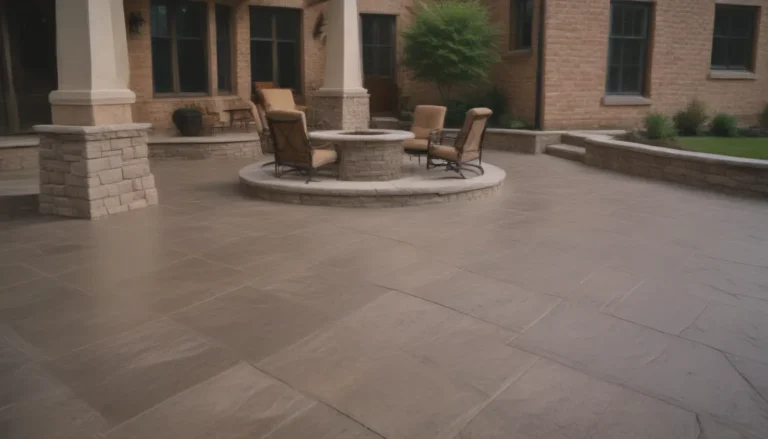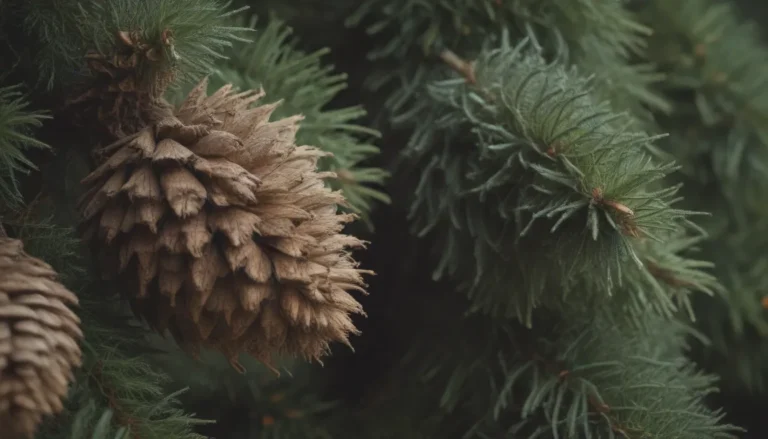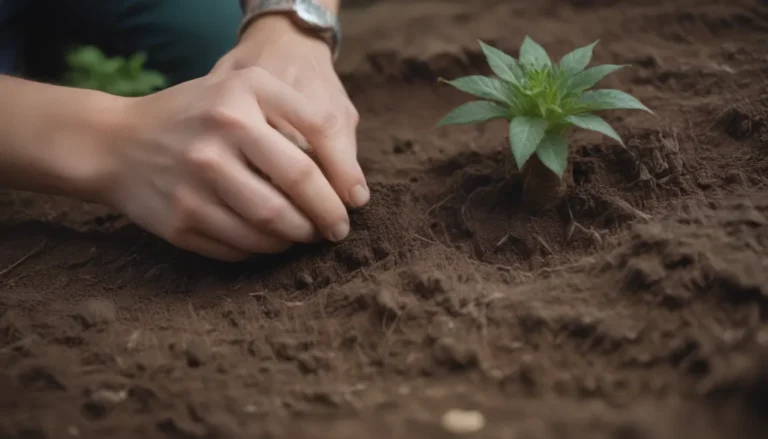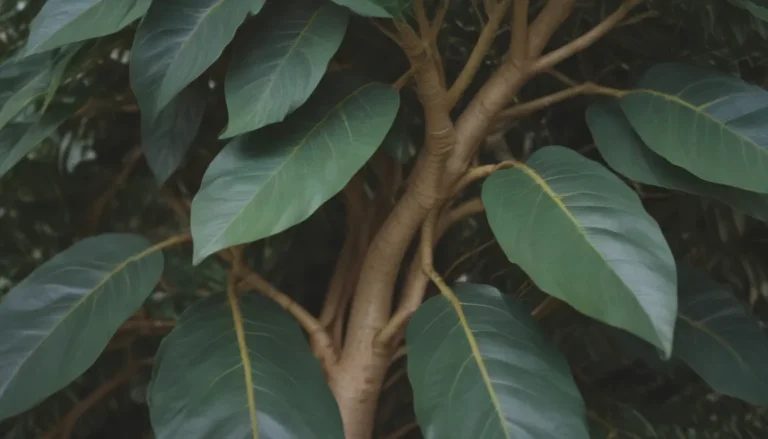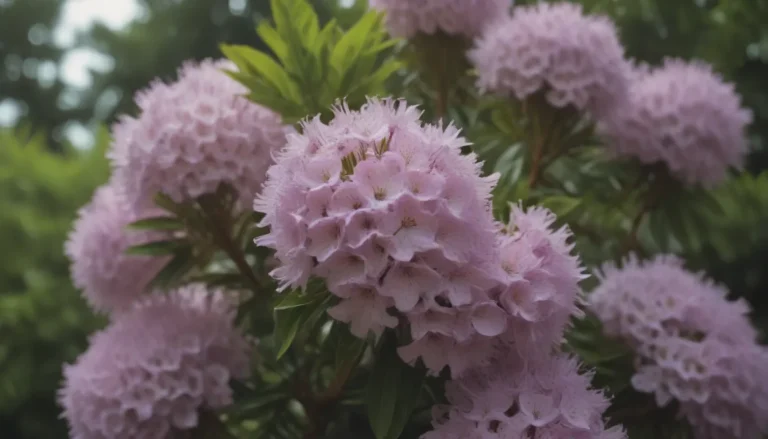Growing Papaya Indoors: A Guide to Cultivating Your Own Tropical Fruit Tree
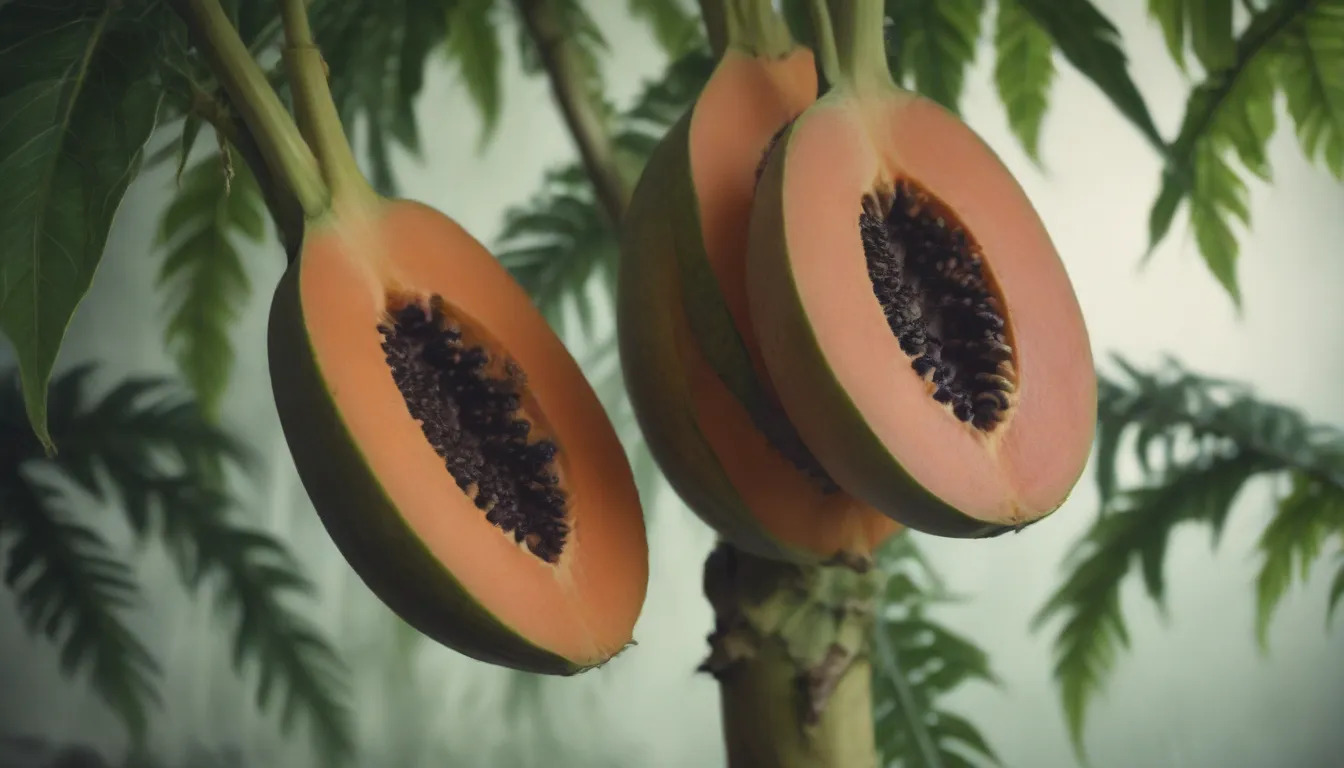
Papaya, a delicious tropical fruit known for its sweet flavor and vibrant color, is not typically what you’d find as a houseplant. However, with the right care and conditions, you can successfully grow papaya indoors. While you may not be able to enjoy homegrown fruit from your indoor papaya plant, the lush foliage and exotic vibe it brings to your space make it a worthwhile endeavor.
Can You Grow Papaya Inside?
Papaya plants have similar growing requirements to bananas, needing bright light, warmth, humidity, and plenty of water and nutrients. While it’s easier to grow papaya outdoors where they can reach heights of up to 15 feet and produce fruit, it is still possible to grow them inside your home if you have enough space and the right conditions.
Indoor Growing Tips for Papaya
Sunlight
- Papayas require full sun for optimal growth, so place your plant in a sunny window that receives at least 6-8 hours of sunlight each day.
- Rotate the plant occasionally to ensure even growth and prevent leaning.
Temperature and Humidity
- Maintain warm temperatures of at least 80 degrees Fahrenheit, and ensure high humidity levels for your papaya plant.
- Avoid placing the plant near drafty windows or in cold drafts.
Watering
- Papaya plants have high water needs, so water thoroughly every 3-4 days.
- Ensure the soil is well-draining to prevent waterlogging.
Fertilizer
- Feed your papaya plant regularly with a balanced fertilizer to support its rapid growth.
- Fertilize every few weeks during the growing season.
Pruning and Maintenance
- Papaya plants grown indoors can quickly grow tall, so prune them to keep them manageable.
- Trim off the main stem to encourage new shoots to grow from the base.
Container and Size
- Choose a large container with a minimum of 15-20 gallons and a diameter of at least 18 inches to accommodate the plant’s growth.
- Consider using a repurposed old barrel or bucket as a container for your papaya plant.
Potting Soil and Drainage
- Use a well-draining, rich potting mix to prevent rot issues.
- Ensure the potting soil is loose and provides adequate drainage for the plant.
Potting and Repotting
- Only repot papaya plants once, when moving them from a seed-starting container to a larger permanent container.
- Papayas are typically grown as single-season plants in colder climates.
Moving Papaya Outdoors for the Summer
- During the summer months, consider moving your papaya plant outdoors to benefit from heat and humidity.
- Ensure the plant receives full sunlight and adequate water while outdoors.
Bringing Papaya Back Inside
- When temperatures drop below 70 degrees Fahrenheit during the day, it’s time to bring your papaya plant indoors.
- Keep the plant in a warm, sunny spot and protect it from cold drafts during the winter months.
Harvesting and Caring for Papaya Fruits
While indoor papaya plants may not always produce fruit, especially when grown from grocery store seeds, certain dwarf varieties have the potential to bear fruit if given the right conditions. Here are some tips for caring for papaya fruits:
- Pick papaya fruits when they are fully ripe and have turned yellow.
- Store harvested fruits in the refrigerator for a few days before consuming.
- Dwarf papaya varieties may produce fruits within 6-12 months of planting if provided with adequate heat and light.
Conclusion
Growing papaya indoors can be a rewarding experience, bringing a touch of the tropics into your home. While you may not always get to enjoy homegrown fruit from your indoor papaya plant, the lush foliage and exotic ambiance it provides make it a valuable addition to any indoor garden. By following the tips and guidelines outlined in this guide, you can successfully cultivate your own papaya tree and enjoy its beauty year-round. So, don’t hesitate to embark on this tropical gardening journey and watch your indoor papaya plant thrive!
